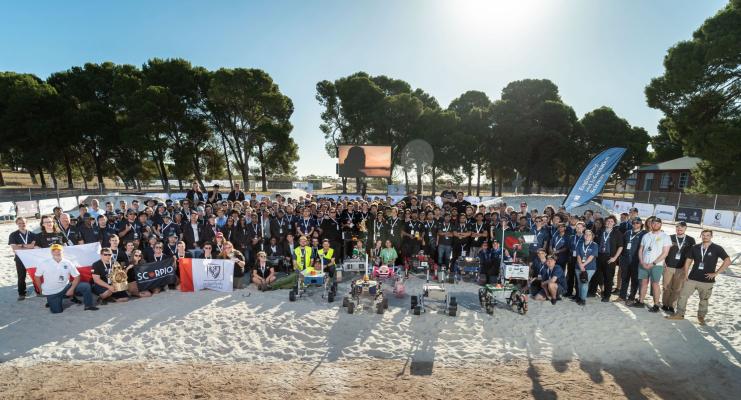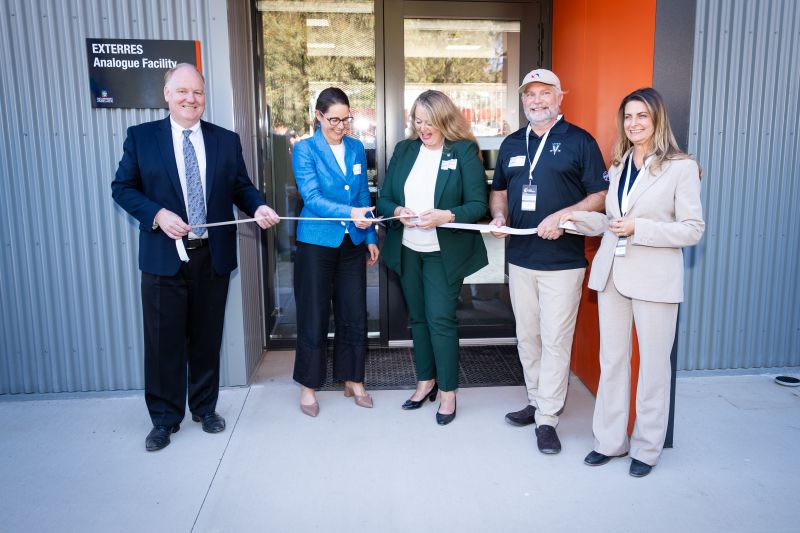As part of last week’s launch of the 2024 Australian Rover Challenge, the University of Adelaide officially opened its newest research facility, which will advance technologies related to the space and agriculture sectors.
The Extraterrestrial Environmental Simulation (Exterres) Analogue Facility is the first of its kind in Australia, and is linked to the Exterres Laboratory at the University of Adelaide’s city campus.
The brand new analogue facility will allow researchers to develop, simulate and test semi-autonomous rovers in lunar and Martian surface environments It also includes a configurable terrestrially-focused surface to advance the development of agricultural technologies.
Located in Roseworthy, a town 50km away from Adelaide, the 4,000 square meters state-of-the-art facility will enable the development and commercialisation of remotely operated and autonomous robotic technologies.
The Australian Space Agency has previously identified analogue facilities as a key robotics and automation focus segment. It’s an area where Australia has competitive and comparative strengths to offer both domestic and international markets.
Australia is already a world leader in remote asset management in the resources sector, a capability which is also being applied to industries such as resources, transport, agriculture and now towards space exploration.
A prime example
Speaking at the inauguration of the facility, Dara Williams, Deputy Head of the Agency, reiterated the importance of such facilities to advance Australia on and off-Earth robotics and automation capability.
“Robotics and automation has enormous potential to generate social, economic and environmental benefits for Australia.
“By connecting space with robotics and automation, we can make these capabilities stronger and more sophisticated – and create synergies and collaborations across sectors that would have never existed otherwise.
“The EXTERRES Analogue Facility is a prime example of this, with this new space infrastructure helping transform the agriculture industry through the development of new technologies.”

Australia’s Space Infrastructure
Value-adding to national and global space activities
The Australian Rover Challenge
Student teams from 10 universities across Australia and overseas also gathered last week at the new EXTERRES Analogue Facility to showcase their incredible talent in robotics.
The Australian Space Agency was a major sponsor of the Australian Rover Challenge (ARCh) – a prestigious competition where these student-built lunar rovers were to complete highly complex tasks necessary for real-life space exploration. ARCh is linked to the Trailblazer Program, which is part of the Agency’s Moon to Mars Initiative and will result in the design and development of an Australian-made rover go to the Moon with NASA.
“I’m proud that the Agency can connect university students nationwide with this landmark Australian space program, while also fostering the essential skills that are highly sought and valued across the Australian STEM workforce,” Ms Williams said.
The overall winner of ARCh 2024 was Project Scorpio a team from Poland.

Moon to Mars Initiative
Advancing Australia’s position in the global space economy
Photo credit for both images: University of Adelaide


